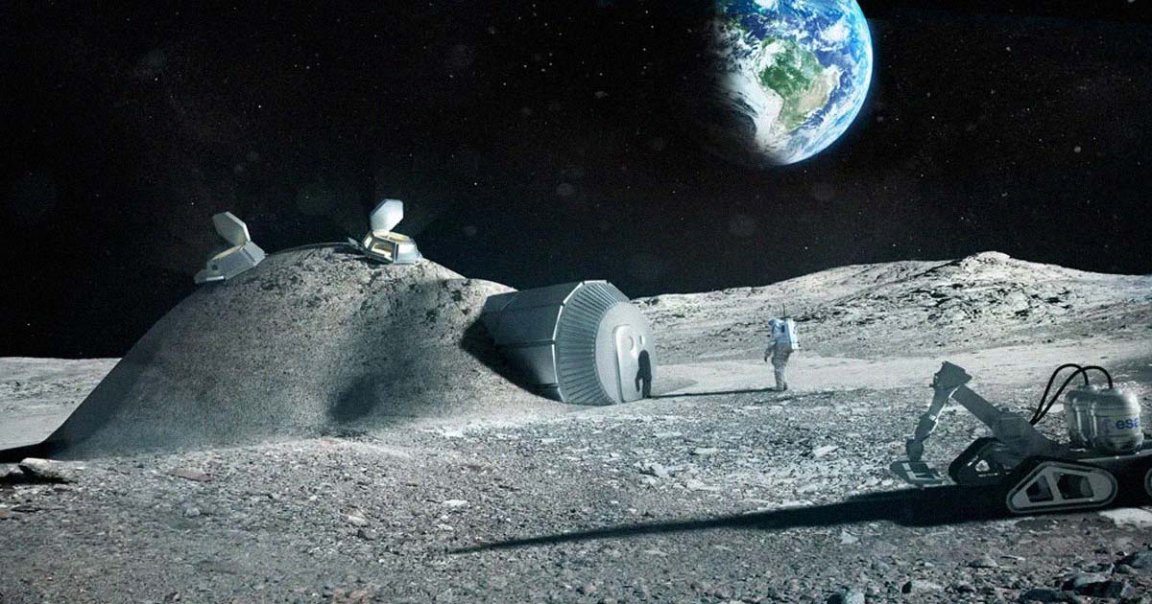
Manual Labor
As countries continue cementing plans for their lunar bases, one International Space Station astronaut is busy quite literally mixing the stuff.
In a press release, NASA said that its astronaut and flight engineer Matthew Dominick has begun studying how microgravity affects cement mixed in space by whipping up his own small batch on board the space station.
The goal is to build a Moon base using lunar soil — important groundwork for our future efforts to establish a more permanent presence on the Moon.
Space Fridge
As part of the agency’s Material Science on the Solidification of Concrete Hardening investigation, Dominick mixed together a simulated version of lunar soil with some undisclosed “other materials” and a liquid cement solution inside two bags sandwiching another containing hot water.
The flight engineer then put the mixed-up concoctions in the Freezer/Refrigerator/Incubator Device for Galley and Experimentation (FRIGE), the space station’s futuristic experiment-conditioning refrigerator, to incubate the solutions overnight. Now, they’re going to settle for a few more weeks at “ambient temperatures” and then return to Earth on a SpaceX Dragon capsule for analysis.
Mixing concrete, which requires cement, is an energy-intensive process that can release plenty of carbon dioxide. The gas can make the material brittle and full of air bubbles when mixed incorrectly. Scientists are hoping to get a better idea of how microgravity could affect the situation.
Rather than spend extra money lugging fully-built dwellings into space, NASA is preparing to have buildings assembled in space by astronauts.
While this isn’t the first time cement has been mixed in space or on the ISS, this experiment’s inclusion of lunar soil could bring humans one step closer to building a home away from home hundreds of thousands of miles away.
More on Moon construction: DARPA Funding Plan to Build Huge Streetlight on the Moon